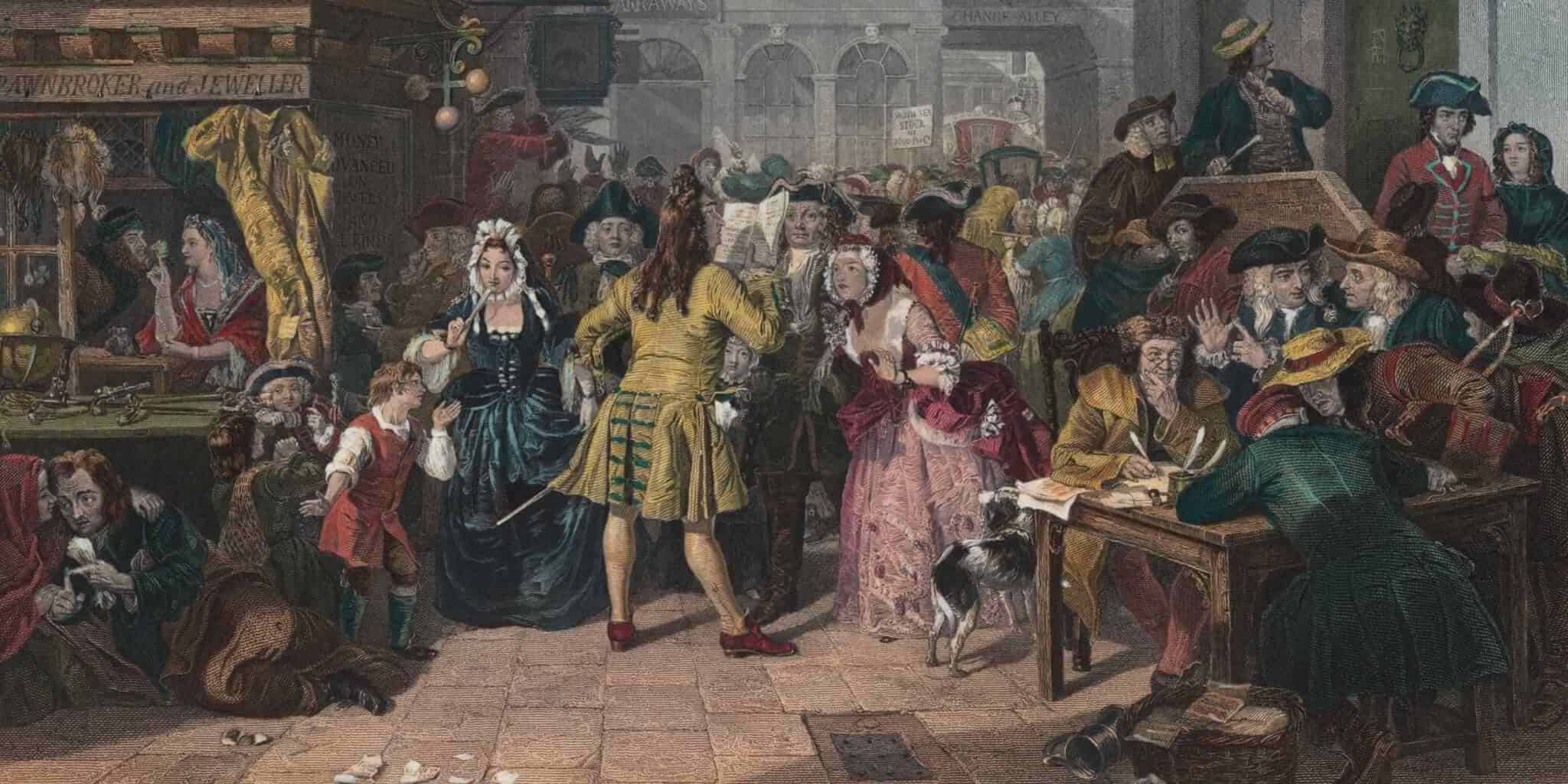
In the early 18th century, England was a nation eager for prosperity. The War of the Spanish Succession had left the country with significant debts, and the government was looking for solutions. Enter the South Sea Company, a British joint-stock company founded in 1711. It was granted a monopoly over trade with South America, a region then believed to be brimming with untold riches.
The promise of lucrative trade with the New World, fueled by tales of silver and gold, captured the public’s imagination. The South Sea Company skillfully cultivated this excitement, promising investors enormous returns. This created a climate ripe for speculation and ultimately, disaster.
The South Sea Company’s primary objective wasn’t actually trade, but rather to manage the national debt. The company proposed taking over a large portion of the debt in exchange for exclusive trading rights and government bonds. This plan was enticing to the government, as it seemingly offered a way to consolidate and reduce the national debt burden.
To finance this ambitious undertaking, the South Sea Company issued shares to the public. Initially, these shares were reasonably priced, but as the company’s influence grew and its promises became increasingly extravagant, demand soared. Clever marketing and insider trading further inflated the stock price.
As the price of South Sea Company shares climbed, a frenzy of speculation gripped England. People from all walks of life, from wealthy aristocrats to humble merchants, poured their savings into the stock, hoping to get rich quickly. The allure of easy money blinded many to the inherent risks.
The company’s directors encouraged this speculative mania, releasing misleading information and rumors to further boost the share price. They even offered loans to investors to buy more stock, creating a dangerous cycle of debt and inflated values. Other companies, eager to capitalize on the prevailing mood, emerged with equally fantastical ventures, further contributing to the speculative bubble.
The South Sea Bubble reached its peak in the summer of 1720. However, the company’s actual trade activities were minimal, and it became increasingly clear that the promised riches were a mirage. Doubts began to surface, and some investors started selling their shares.
As more people tried to cash out, the share price plummeted. Panic ensued, and the bubble burst. Fortunes were wiped out overnight, and widespread financial ruin followed. The South Sea Bubble became synonymous with speculative mania and the dangers of unchecked greed.
The collapse of the South Sea Company had devastating consequences. Many prominent figures, including government officials, were implicated in the scandal. Public outrage was immense, leading to investigations and prosecutions.
The South Sea Bubble serves as a cautionary tale about the perils of speculation and the importance of sound financial practices. It highlighted the need for greater regulation of financial markets and a more skeptical approach to investment opportunities that seem too good to be true. The lessons learned from this historical fraud continue to resonate today, reminding us of the importance of due diligence and responsible investing.